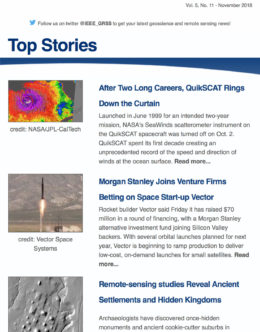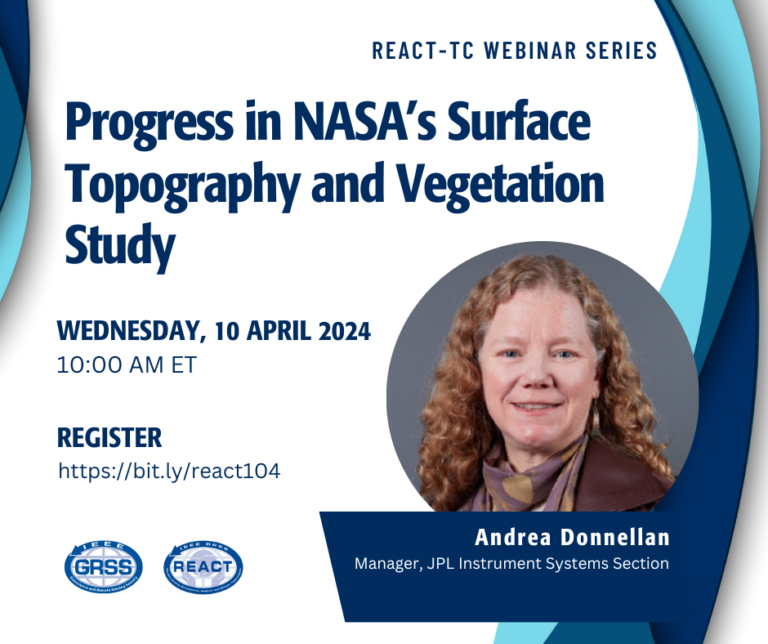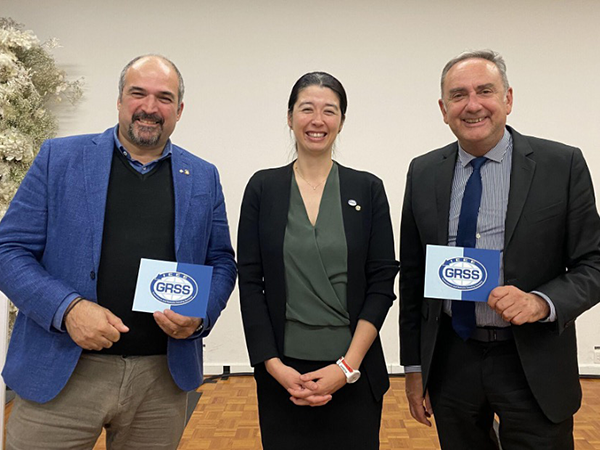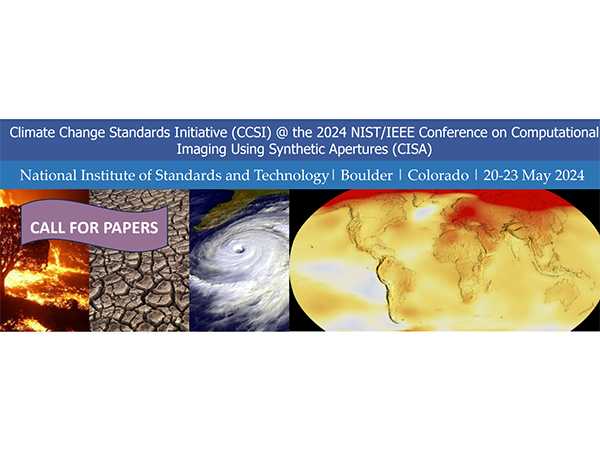Andrea Donnellan, PhD is manager of the Instrument Systems Section at NASA’s Jet Propulsion Laboratory where she is also a principal research scientist. Donnellan is on the NISAR science team and led NASA’s GeoGateway and QuakeSim projects for over twenty years. She leads NASA’s Surface Topography and Vegetation Study and is principal investigator of the QUAKES stereoimaging instrument suite. Donnellan studies earthquakes and crustal deformation combining a variety of geodetic imaging techniques with computational modeling and infrastructure. Donnellan has degrees in Geology (BS Ohio State University, 1986), Geophysics (MS and PhD Caltech 1988 and 1991), and Computer Science (MS University of Southern California, 2003). She held a National Research Council postdoctoral fellowship at NASA’s Goddard Space Flight Center from 1991–1993. She was a founding editor of the American Geophysical Union’s Earth and Space Science Journal and was President of the American Geophysical Union’s Nonlinear Geophysics Section. Donnellan is a fellow of the American Geophysical Union, the American Association for the Advancement of Science, and The Explorers Club. In 1996 she won the Presidential Early Career Award for Scientist and Engineers and in 2012 NASA’s Software of the Year Award. Donnellan was a finalist in the astronaut selection process three times. The Donnellan Glacier in Antarctica was named by Advisory Committee on Antarctic Names in 2006 for her work on the Antarctic continent.






























